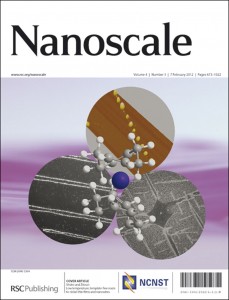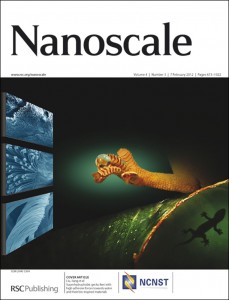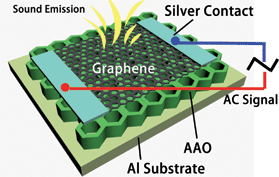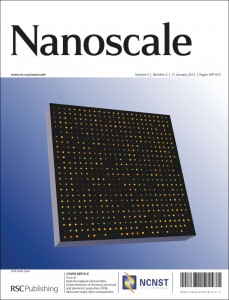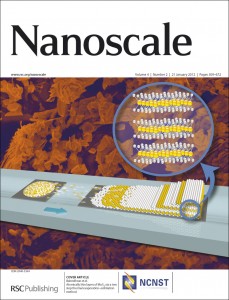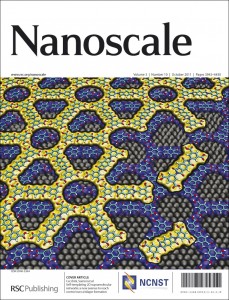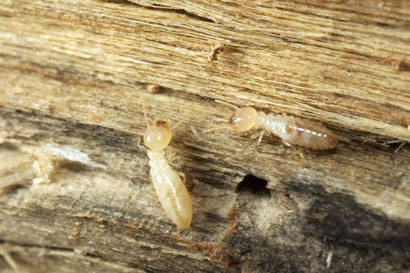This month sees the following articles in Nanoscale that are in the top ten most accessed for December:
3D-patterned polymer brush surfaces
Xuechang Zhou, Xuqing Liu, Zhuang Xie and Zijian Zheng
Nanoscale, 2011, 3, 4929-4939
DOI: 10.1039/C1NR11238D
Aligned Si nanowire-based solar cells
Junshuai Li, HongYu Yu and Yali Li
Nanoscale, 2011, 3, 4888-4900
DOI: 10.1039/C1NR10943J
Molding the flow of light on the nanoscale: from vortex nanogears to phase-operated plasmonic machinery
Svetlana V. Boriskina and Björn M. Reinhard
Nanoscale, 2012, 4, 76-90
DOI: 10.1039/C1NR11406A
Multifunctional composite core–shell nanoparticles
Suying Wei, Qiang Wang, Jiahua Zhu, Luyi Sun, Hongfei Lin and Zhanhu Guo
Nanoscale, 2011, 3, 4474-4502
DOI: 10.1039/C1NR11000D
Graphene edges: a review of their fabrication and characterization
Xiaoting Jia, Jessica Campos-Delgado, Mauricio Terrones, Vincent Meunier and Mildred S. Dresselhaus
Nanoscale, 2011, 3, 86-95
DOI: 10.1039/C0NR00600A
Theranostic nanoplatforms for simultaneous cancer imaging and therapy: current approaches and future perspectives
Ki Young Choi, Gang Liu, Seulki Lee and Xiaoyuan Chen
Nanoscale, 2012, 4, 330-342
DOI: 10.1039/C1NR11277E
Graphene decoration with metal nanoparticles: Towards easy integration for sensing applications
Albert Gutés, Ben Hsia, Allen Sussman, Willi Mickelson, Alex Zettl, Carlo Carraro and Roya Maboudian
Nanoscale, 2012, 4, 438-440
DOI: 10.1039/C1NR11537E
2D materials: to graphene and beyond
Rubén Mas-Ballesté, Cristina Gómez-Navarro, Julio Gómez-Herrero and Félix Zamora
Nanoscale, 2011, 3, 20-30
DOI: 10.1039/C0NR00323A
Facile in situ fabrication of graphene–upconversion hybrid materials with amplified electrogenerated chemiluminescence
Meili Yin, Li Wu, Zhenhua Li, Jinsong Ren and Xiaogang Qu
Nanoscale, 2012, 4, 400-404
DOI: 10.1039/C1NR11393C
One-Step Hydrothermal Synthesis of N-TiO2/C Nanocomposites with High Photocatalytic Activity under Visible Light Irradiation
Dong-Hong Wang, Li Jia, Xi-Lin Wu, Li-Qiang Lu and An-Wu Xu
Nanoscale, 2012, 4, 576-584
DOI: 10.1039/C1NR11353D
Why not take a look at the articles today and blog your thoughts and comments below.
Fancy submitting an article to Nanoscale? Then why not submit to us today!












